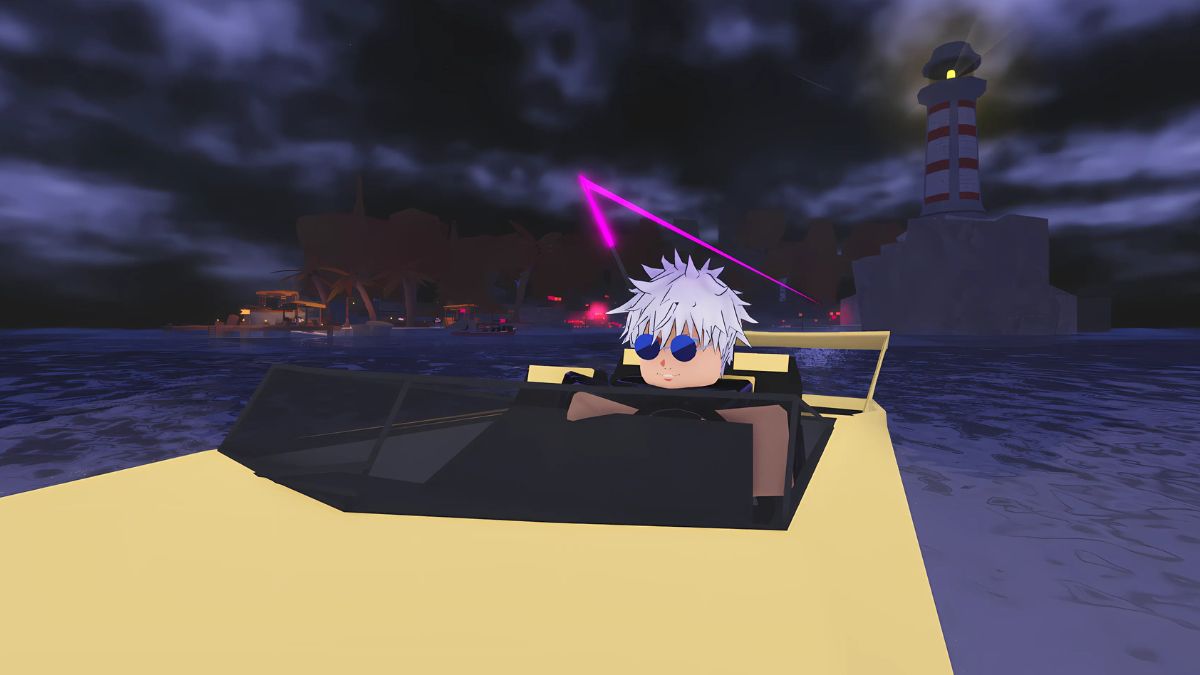When I’m playing board games, I have a habit of photographing the table at the very end, just before we put everything up. There’s something intrinsically rewarding about capturing how a game went from box to setup and then from setup to a full game — to capture how busy and frenetic everything got, as seen through token-laden boards and stacks of cards in various states of disarray. It’s not that we’ve built anything permanent or long-term impactful, but I love to take time to capture a memory of that experience nonetheless.
Monkey Palace seems designed for someone like me, someone who’s compelled to treat the end of the game like a chance to photograph some collaborative creation. Co-designed by David Gordon and TAM (aka Tam Myaing) and retailing for $39.99, Monkey Palace puts players in the role of highly intelligent monkeys working together in the jungle to build a tower out of Lego bricks. Only by reaching high up into the canopy can the monkeys get the most bananas, represented in endgame scoring as having the most banana points. Lego is the centerpiece of it all, and the result is something very rewarding — sometimes frustrating, yes, but overall very rewarding.
The concept for Monkey Palace is fairly straightforward to explain, but the devil’s in the details. Each turn, your monkey uses a combination of arches and support blocks (both 1x1 bricks and, more rarely, taller 3x1 columns) to build a path from the jungle floor as high up as they can go. There are distinct rules for how this works, but the gist is that the structure must always go higher with each piece that gets added, and that players must, at least in part, build on top of the existing structure.
The height and the length of your makeshift staircase that turn determines how many monkey points you get. They’re a short-term, use-it-or-lose-it currency that players quickly exchange to purchase cards from a shared marketplace, and here’s where the strategic layer really starts to kick in. Cards have immediate benefits as well as long-term rewards, and only by choosing the right mix of cards from the marketplace can monkeys come out on top. Perhaps you’ll snag a few more arches in the short term, with the promise of additional support pieces flowing in on future rounds. Or maybe you feel confident in your supplies and opt to purchase big fat bundles of bananas instead. Thankfully, the marketplace refreshes automatically with every purchase, so new mechanics are constantly entering the game.
When you first open the box, it actually seems like something is missing — like you’ll run out of Legos before the game is over. But the beauty of Monkey Palace is that it naturally goes vertical very quickly, with the pieces creating a dense, architectural shape that coalesces around one or two tall points, only to gently slope down from there. It’s a rather beautiful system that seems to come together organically between the players by mandating everything stay connected and rewarding verticality. Additionally, the number of bricks you pick up each round grows exponentially as you purchase more cards, which in turn allows you to create longer and more elaborate structures.
Tactically, I found a need to strike a balance between placing arches — which is the only piece that nets you monkey points — and the support beams that allow you to overcome particularly tall blockers. These monkeys, to be sure, just need the staircase you build to go up with each step — they don’t need it to go up gradually, and more often than not in the late game you’ll find yourself cashing in a lot of support bricks all at once to get just one more arch built near or at the top of the makeshift tower.
There are a handful of special rules that complicate this system and can shake up the dynamic between the players. Decoration bricks — an assortment of leaves or a shiny golden column — are added to the end of every path and determined by the type of ground you start your pathway on. Depending on the decoration and the height, you may be able to call forth the monkey piece, which you can use to block the path of your opponents. We especially liked the butterfly piece, which essentially blocks the topmost spot from being used until another tallest point takes the mantle. This had a knock-on effect of breaking us out of just one vertical tower and looking for other “backup” spires to build around, ultimately making for a more interesting final set-piece.
But Lego is both Monkey Palace’s biggest boon and also the biggest point of contention among those we playtested with. When planning out a turn, most players think first about the highest point they can reach and then work their way backward to figure out if that’s possible. The problem here is that, with Legos, you literally can’t build this way — they have to start at the bottom and work their way up, lest you find yourself trying to squeeze connective pieces from your aspirational staircase to the preexisting support structure you’re building upon. Far too often, a player would try to go this way, only to risk breaking parts of the structure. We eventually found ways to think about how to play from the “bottom up” — to find the right patterns that we could somewhat confidently start to build over and hope for the best — but this method proved counterintuitive.
In an odd way, many of these mechanics and scenarios reminded me of Scrabble, but for STEM kids. Many of the same gameplay patterns are found here: The need for a good balance of high-score-value tiles (arches) with low-value support ones (columns); the time spent during other players’ turns planning out your staircase; and the subsequent pain of all your plans going awry when another player takes your spot.
But that pain is more a testament to how invested we got in the game — even if we honestly stopped caring about who won. There’s a tangibility in Monkey Palace that supercedes even the desire of winning. Sure, we kept score and celebrated our wins as much as rued our losses, but ultimately what we enjoyed more than anything was the 3D creation at the end — something organically co-created together. I suspect after several games the shapes start to feel similar, such is the case with how the system encourages a gradual slope, but we still appreciated having something that we built together. And unlike other board games, I didn’t find myself immediately tearing down the board and putting everything away. In fact, our most recent game remains intact, a temporary centerpiece for our kitchen table.
That Monkey Palace is fueled by Lego pieces, a brand almost viscerally associated with building recklessly for fun, is only more apt.
Monkey Palace was reviewed with a retail copy provided by Asmodee. Vox Media has affiliate partnerships. These do not influence editorial content, though Vox Media may earn commissions for products purchased via affiliate links. You can find additional information about Polygon’s ethics policy here.

 4 months ago
104
4 months ago
104












![Anime Reborn Units Tier List [RELEASE] (November 2024)](https://www.destructoid.com/wp-content/uploads/2024/11/anime-reborn-units-tier-list.jpg)